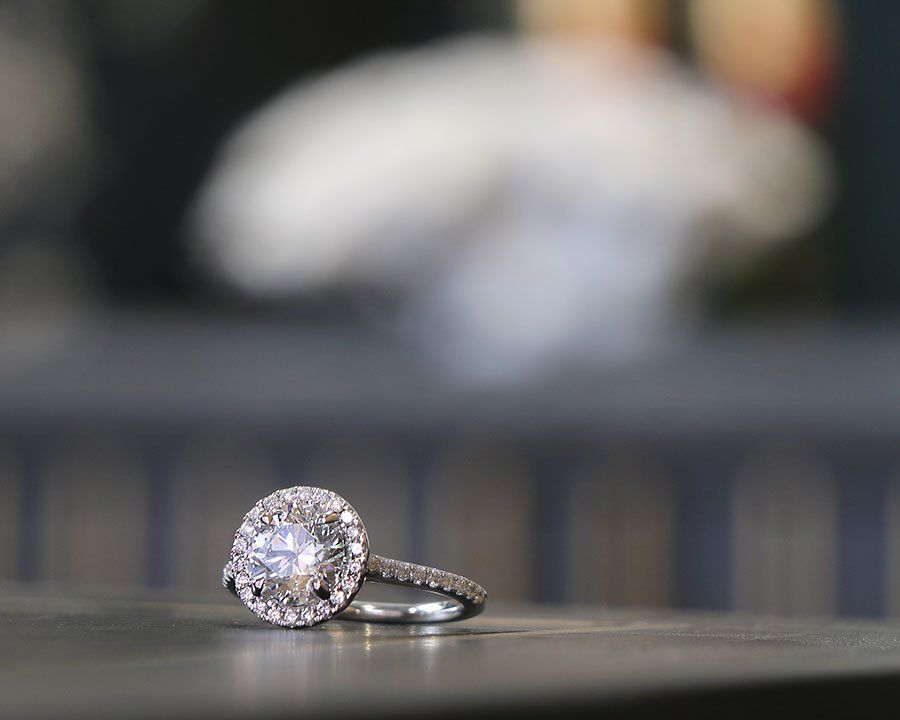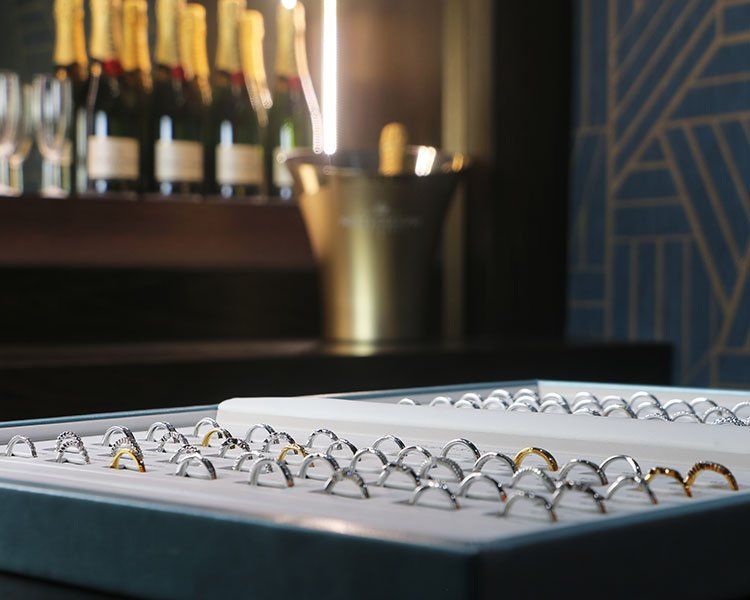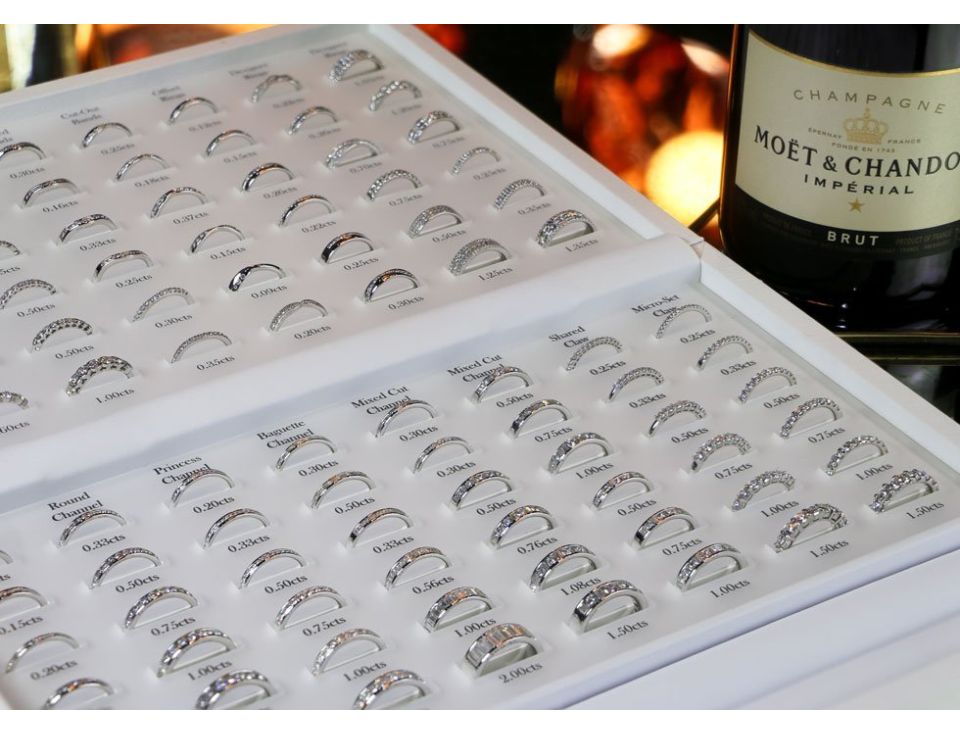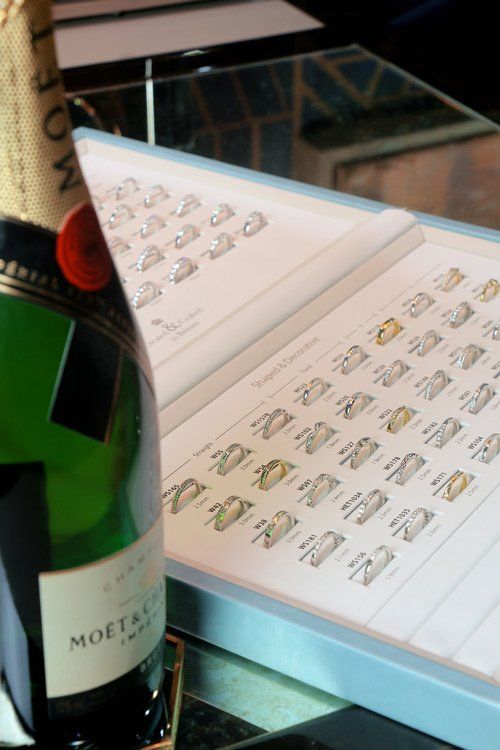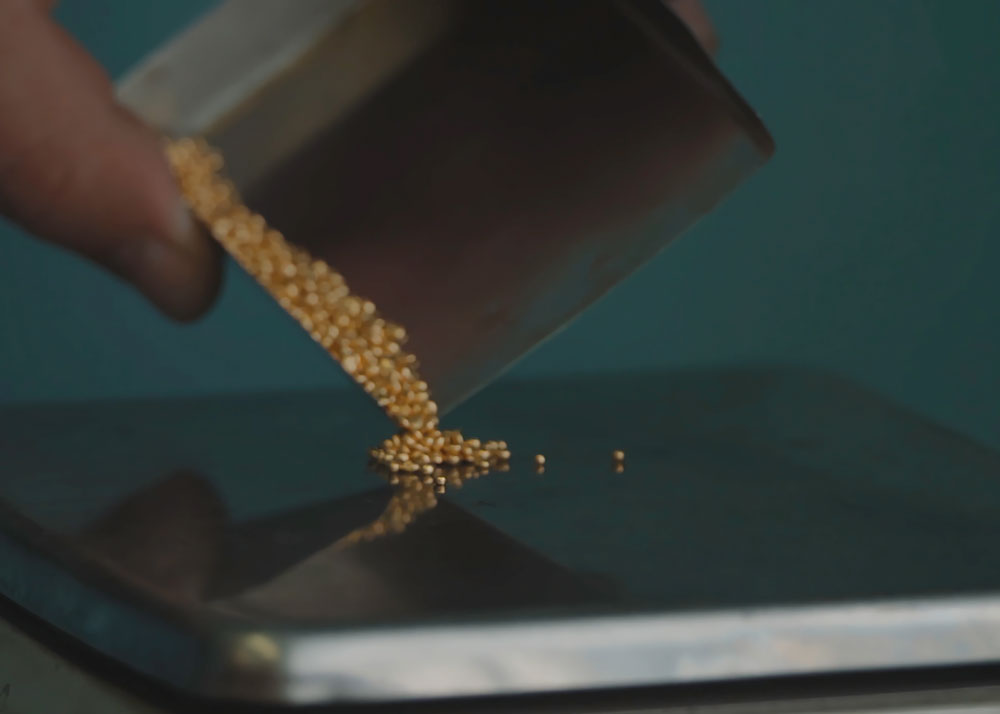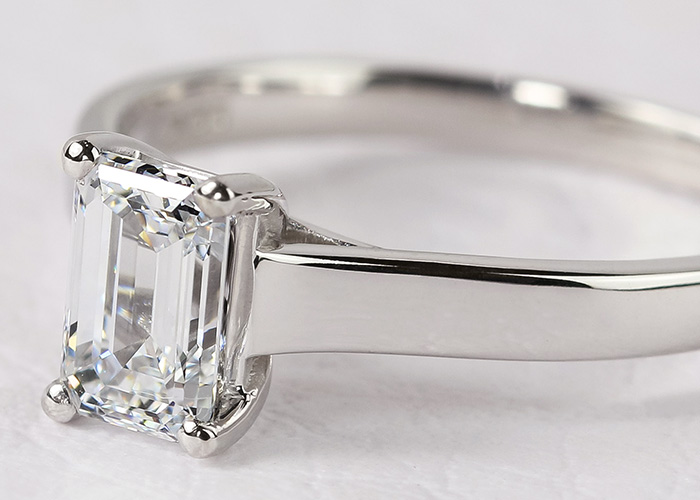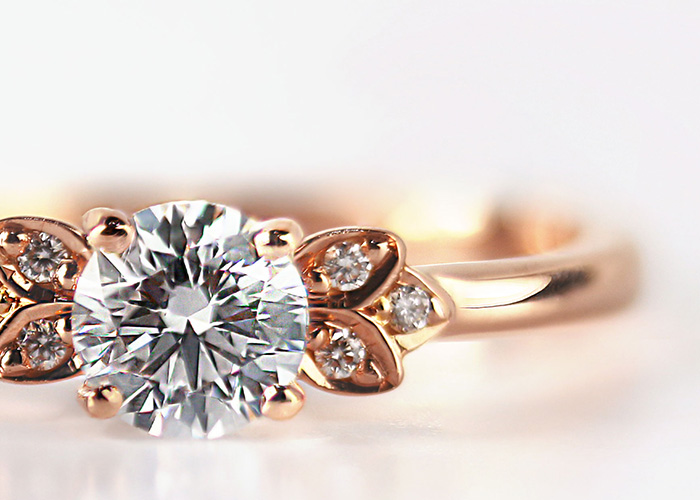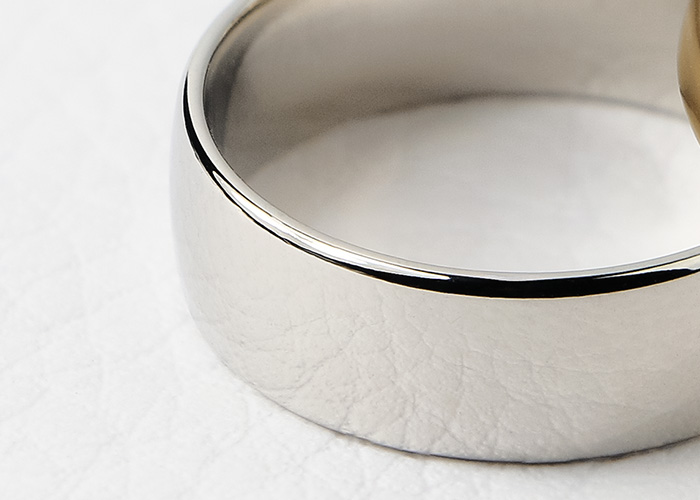18-carat Yellow Gold
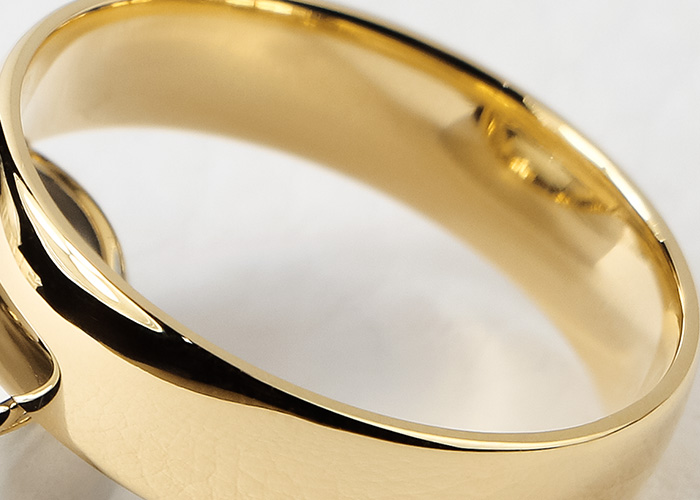
In contemporary times, yellow gold remains a symbol of luxury and enduring value, used in fine jewellery, investment, and various cultural traditions. Its timeless appeal lies in its lustre, malleability, and resistance to tarnish, making it a lasting emblem of wealth, beauty, and power. Pure gold (also known as 'fine gold' or '24-carat gold') is too soft and malleable to be fashioned into wearable pieces, so gold is alloyed with other metals that have different properties that makes it more suitable for everyday wear.
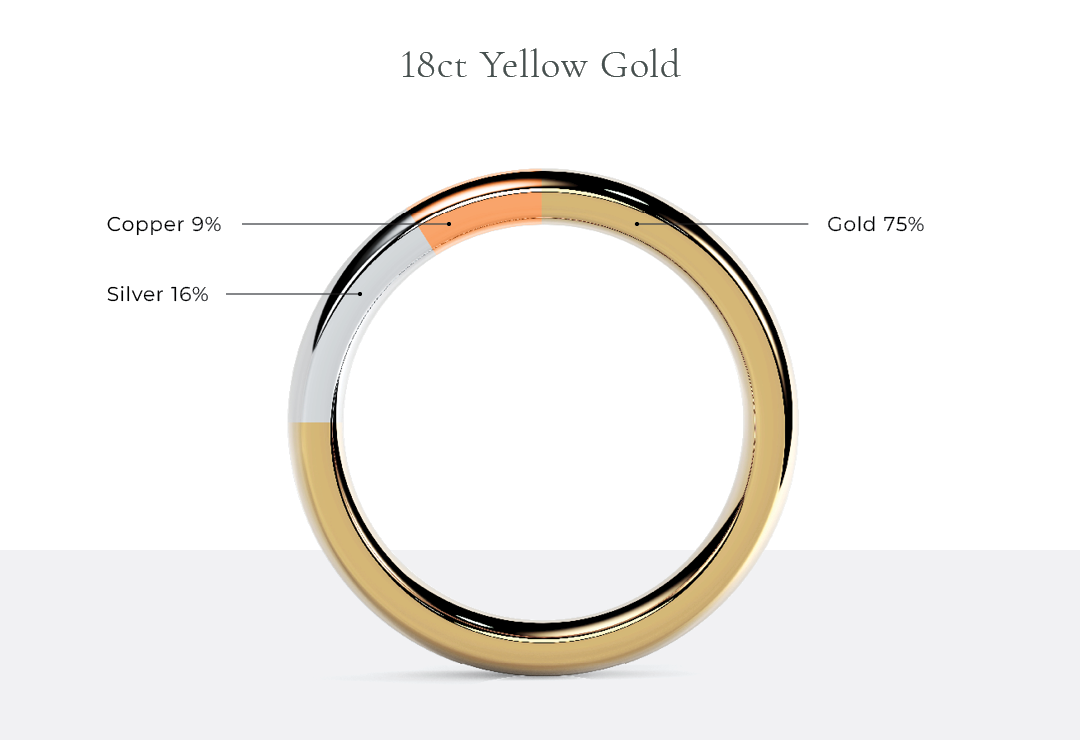
Alloying Yellow Gold
How much does a yellow gold ring cost?
Is yellow gold real gold?
Why choose a yellow gold ring?
| Pros | Cons | |
| Timeless and versatile, suitable for contemporary or classic designs | Slightly less durable than rose gold or platinum | |
| Warming and suitable for most skin tones | Colourless diamonds can pick up a slight yellowish hue | |
| The contrast against diamonds really enhances their sparkle |
What’s the difference between 24ct, 18ct and 9ct gold?
24k Gold offers the highest purity but is softer and less durable, while 18ct gold is alloyed to strike a balance between purity, beauty, and strength, making it more suitable for wearable jewellery.
Can 18ct yellow gold scratch and scuff
Yes, 18ct yellow gold can scratch and scuff due to its relative softness. On the Mohs scale, 18ct yellow gold ranks around 2.75. Pure gold (24k) is very soft, but alloying it to 18ct means it contains 75% gold mixed with 25% harder metals like copper and silver. This gives 18ct gold more strength while retaining the rich, traditional colour of yellow gold. However, it’s still softer than metals like platinum or white gold, making it more susceptible to surface wear from harder materials.
Here’s how 18ct yellow gold typically holds up:
- Scratch Resistance: 18ct yellow gold is more resistant to scratches than 24ct (pure) gold. Over time, you may notice fine scratches and scuffs, which many people appreciate for the soft, slightly matte “lived-in” finish it can give. If you prefer a bright, polished look, regular maintenance can keep it looking pristine.
- Patina and Polishing: As 18ct yellow gold ages, it may develop a gentle patina, creating a warm glow. If a high-shine look is preferred, occasional polishing can restore its original lustre and remove surface scratches. However, over-polishing is not recommended as it can remove small amounts of gold.
- Durability and Longevity: Though 18ct yellow gold is softer than other alloys, it’s still durable enough for daily wear. It holds its shape well, making it ideal for intricate ring designs while maintaining a classic look. If your lifestyle involves significant hand work or high-impact activities, you may want to take occasional breaks from wearing it or consider a slightly thicker band for added durability.
In short, while 18ct yellow gold is softer and more prone to scratching than some other metals, its luxurious colour, characterful patina, and timeless charm make it a beloved choice for wedding rings. Regular polishing or embracing its natural patina can keep your 18ct yellow gold ring looking beautiful for years to come.
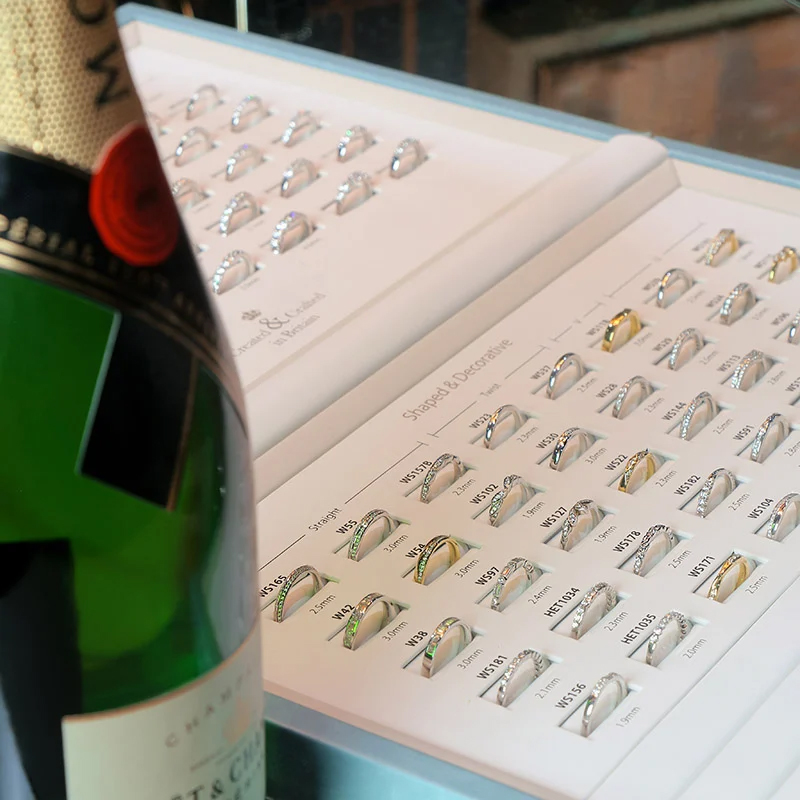
Book a consultation
Please select a location you'd like to make an appointment.














